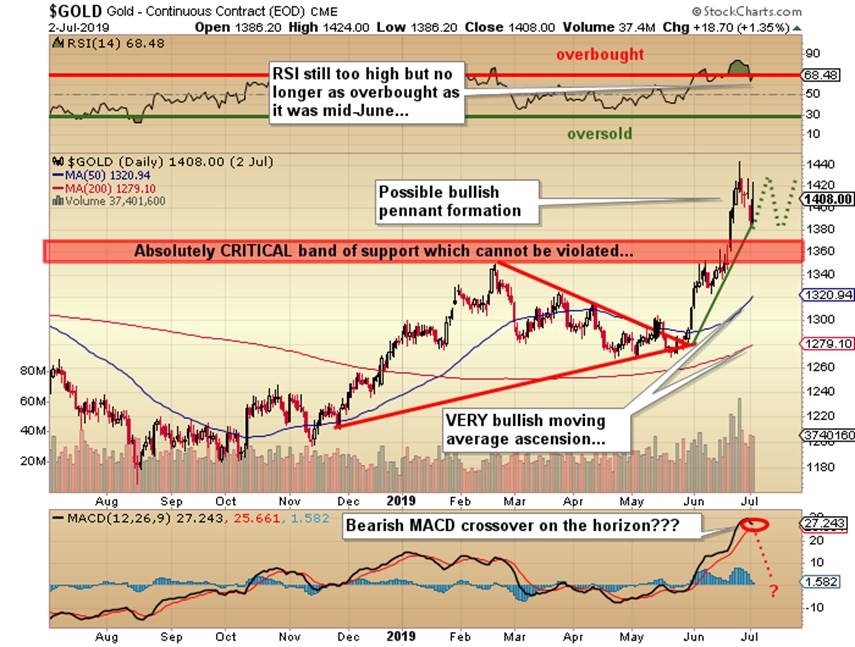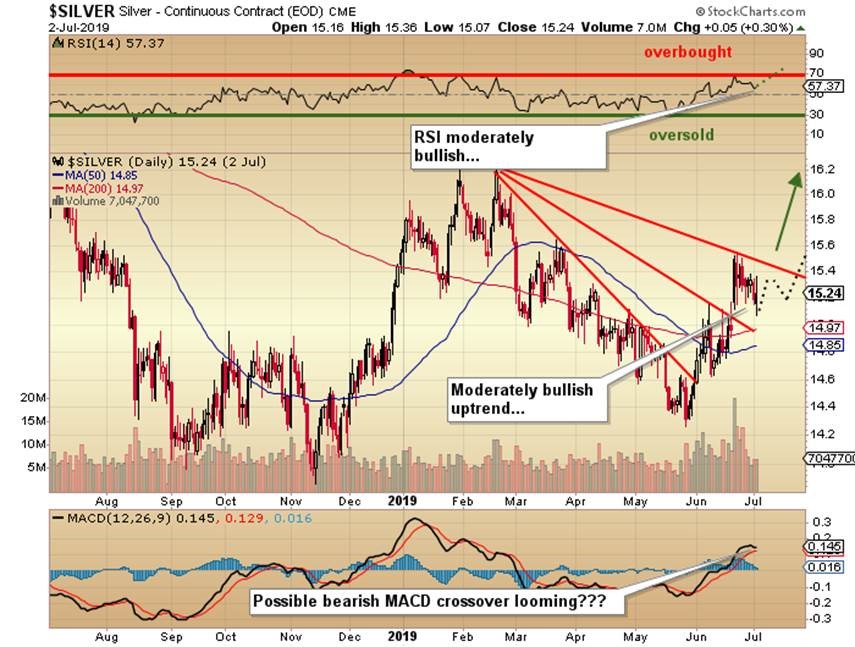When markets go into speculative melt-up mode, the signaling process turns dysfunctional. Technology stock prices in March 2000; record high equities prices in July 1998 and October 2007; sinking bond yields in late 1993. Never before have so many securities (bonds and stocks) been held by passive index products; and never have algorithmic trading strategies played such an impactful role in the marketplace. Moreover, never have global securities and derivatives markets been so closely interconnected. And perhaps most consequential, never have central bank policies had such a profound impact on global bond prices, market perceptions and speculative trading dynamics.
Central bankers are now faced with the predicament of having nurtured distorted markets (with aberrant signals) that will throw a frenetic tantrum if central banks don’t follow the markets’ directive. There is bold discourse aplenty these days regarding the merits of an “insurance” rate cut. Chairman Powell himself has stated “an ounce of prevention is worth a pound of cure” – a comment markets have interpreted as guaranteeing a July cut. Pundits, including former central bankers, have been speaking as if there is essentially no risk to a cut they believe would offer protection against bad outcomes. This, however, completely disregards the risks associated with adding monetary stimulus to dislocated global securities markets already in dangerous detachment from fundamental realities.
With a rate cut cycle commencing imminently, the view is that the fixed income investment cycle is closer to the start of something than the end. Yet it sure has the look of the craziness that comes at the end of a long cycle. That central banks are prepared to further loosen monetary policy with global securities markets absolutely booming should be sounding the alarm bell. Central bankers will either hand over the keys to the asylum – or try to regain control. Either way, there is market uncertainty and volatility on the horizon.
It used to be that seasoned market players would fret late-cycle excess (appreciating associated fragilities). But that was before “whatever it takes” QE and $13 TN of negative-yielding global bonds. Why not buy 10-year Treasuries at 2.0% when bunds trade at negative 0.37%. Why not own U.S. investment-grade bonds at historically (highly) elevated prices that appear attractive relative to negative-yielding European corporates? Junk, even better. MBS, why not. Basically, virtually the entire fixed-income universe is expensive on a fundamental basis – yet cheap relative to negative-yielding foreign bonds. And how high can U.S. stocks trade if Treasury yields go negative?
Market speculation used to be grounded in “the greater fool theory”. Who needs a fool when markets have central bankers with the wizardry of their QE tool. Bonds have been around for centuries, but we’ve finally reached the point where there is no longer a ceiling to bond prices. This is a precarious juncture for global markets, and the Fed should think twice before it feeds this beast.





